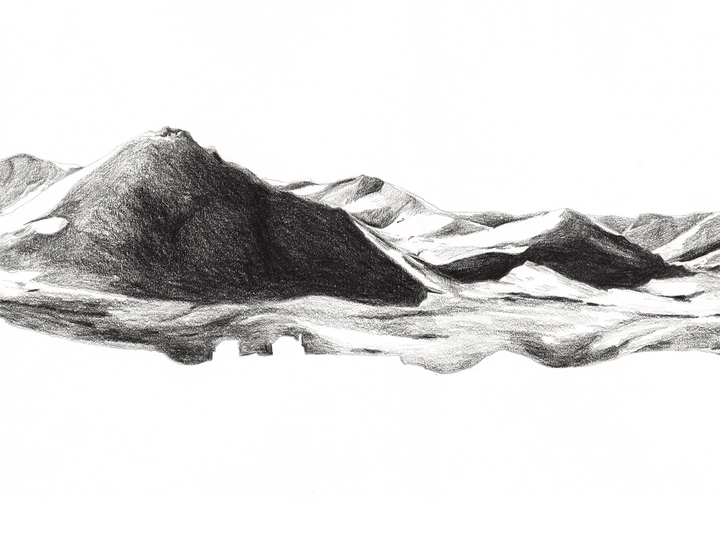In-visível

Architect and visual artist who enjoys expanding her work across various artistic mediums, including drawing, painting, and filmmaking.
Raised in Odemira, a picturesque village in the Southwest of Portugal, she attributes her sensitivity to the simplicity and tranquility of her rural upbringing. It was during her master’s degree in Architecture, in cities such as Lisbon and Venice, that she began developing her artistic path.
Arda seamlessly blends analog and digital techniques. Her hybrid approach involves storytelling through handcrafted processes. Delving into stories that shape society fuels her creativity; for her, the small fragments of reality hold the key to creating and sharing narratives that, though not new, demand retelling. Themes such as the intricate relationship between humanity and the spaces it inhabits serve as the foundation of her artistic inquiry. Recognizing the vital significance of questioning the underlying meanings behind words like construction, land, and borders.
'In-Visível' offers, through drawing, a platform for discourse on constructed human interactions within the environment. It is an endeavor that delves into the physical space of human existence by extracting it from a static drawing. We intricately explore the non-existing carved space through omission and automatically raise questions about it. From there, other thoughts can arise around what we can’t see and what we can imagine.
“It is always a challenge to create something that has continuity through the observer.”
For Arda, creating something is only urgent when it becomes a powerful vessel for engaging with others about the complexities of our existence and advocating for thought-provoking dialogue.
Upon arriving in Iceland, I found myself on the solitary road that unveiled this mutable landscape transcending any reality, like a conjured fictional dream. Iceland presents a unique interplay where nature dictates the relationship between humans and the landscape. There, one must be resilient, humble, grounded, and attentive as the environment undergoes rapid and drastic changes.
I decided to begin contemplating and studying the dialogue between one’s presence in the landscape. I immersed myself in diverse landscapes, gaining a profound understanding of the connection between people and their surroundings.
“In-visível” is a series of drawings that trace the intricate relationship between humans and landscape by exploring the nuances that emerge from this dynamic. By choosing not to draw any human-built elements, it intentionally created a visual language of the drawing that, if translated, would address what is left behind when this negative comes into utopic existence. As I started developing this way of translating the concept of human-constructed space into the negative of a drawing, I imagined how could a single static image provide questions about the way we constructed behind the non-constructed drawing.
Leaving the emptiness, it already provides a questioning into the drawing, of what is left. However, because it clearly depicts constructed human building shapes, it brings to the forefront another layering into the questioning. Not only does it question what could potentially be, but it also echoes into the why it was constructed and for whom. It addresses the fisical space of the human existence into the drawing not only by leaving it out but by the carved space it explores a lot the questions of how we deal with the environmental that surround us.
Ultimately, my project aims to spark conversations and prompt reflection on how we navigate in the nature, by questioning our behavior and attitudes towards it when constructing.